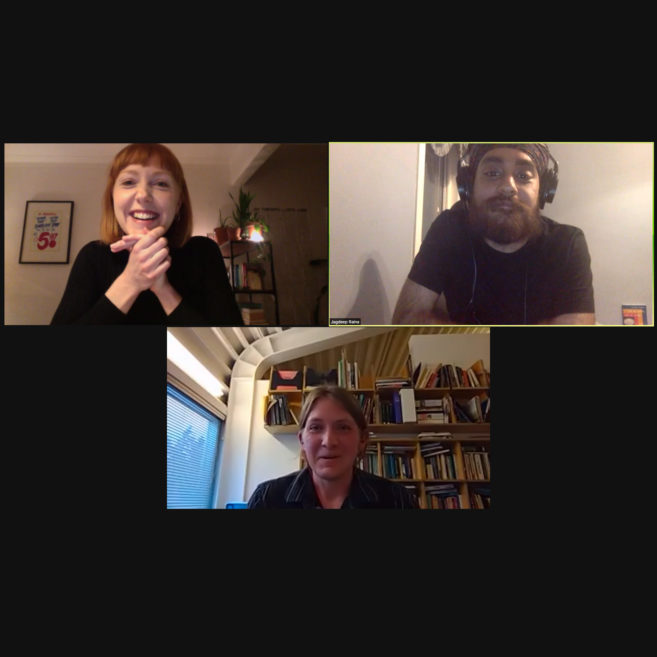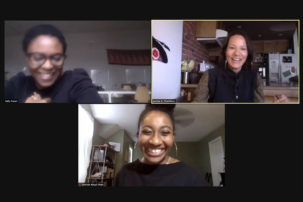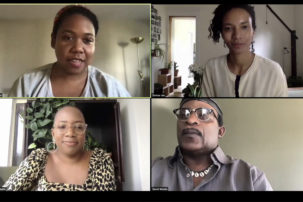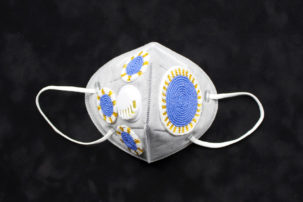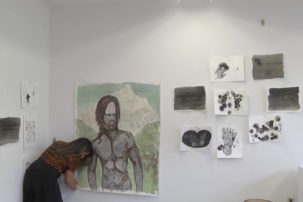Brenda Draney’s work—and its success—is powerfully rooted in the places where she has lived and the communities that have claimed her. In Edmonton, her current base, Draney produced a major public art project for the MacEwan University Centre for Arts and Culture in 2017, and her work was selected and exhibited for the Art Gallery of Alberta’s Indigenous-art acquisition project in 2018. Draney is no stranger to national attention either, having won the RBC Canadian Painting Competition in 2009, and having graced the 2013 longlist and 2016 shortlist for the Sobey Art Award.
Inspired by art residencies spent working closely with the likes of Alex Janvier, Duane Linklater and Brian Jungen, Draney has learned to transform the traditional uses of her materials to suit her desired interventions, resulting in unexpected outcomes. Draney’s relationships with the peoples she grew up with in Slave Lake—small-town folk—drive the content of her art, but at the centre of her practice are questions of power.
Working from the space of story, narrative and recollection, Draney considers the authority imbued in rememberings. Draney suggests that memories are fragile and delicate. What is missing or absent, from subsequent retellings of an event? Who becomes the authority when recreating missing components of a story? Draney paints whatever resonates in her own recollections, and she leaves the rest of her canvas ambiguous, offering a point of access for viewers to project their own clarifications.
Draney’s watercolour painting, the studio practice that is subject of this video, traces a murmur of memories so intentionally understated and unassuming that viewers may not perceive their disruptiveness. Viewing a Draney painting is like witnessing a dream.

